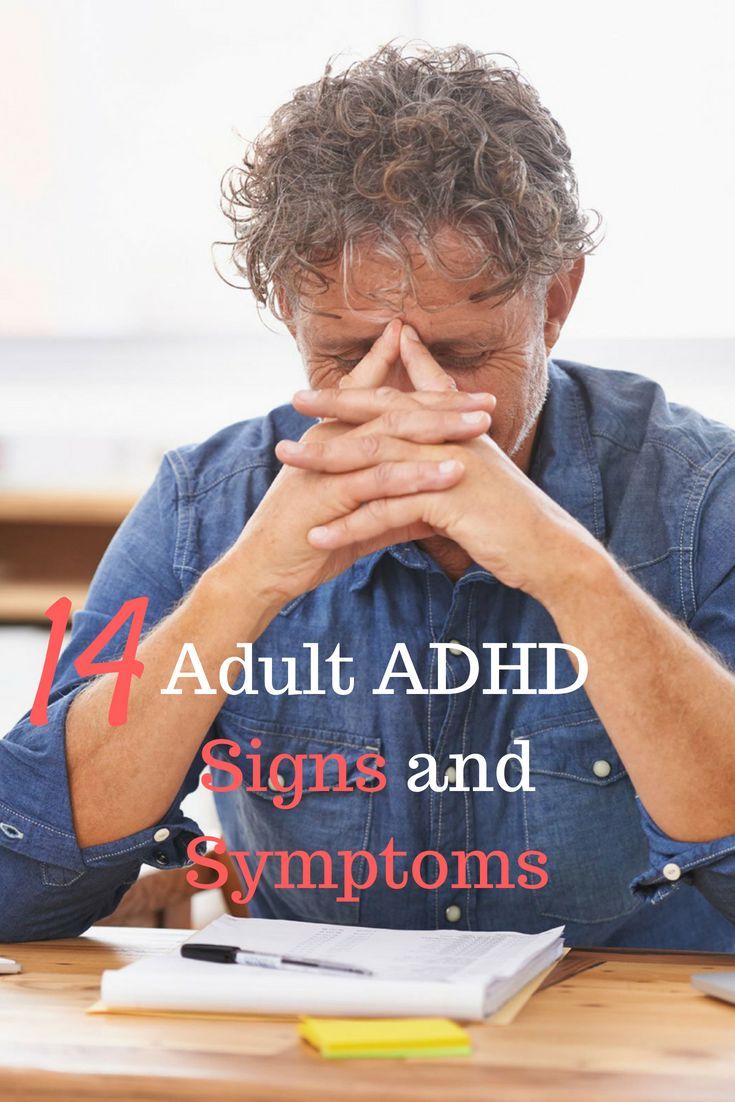

learning difficulties – such as dyslexia.Tourette's syndrome – a condition of the nervous system, characterised by a combination of involuntary noises and movements (tics).epilepsy – a condition that affects the brain and causes repeated fits or seizures.dyspraxia – a condition that affects physical co-ordination.autistic spectrum disorder (ASD) – this affects social interaction, communication, interests and behaviour.sleep problems – finding it difficult to get to sleep at night, and having irregular sleeping patterns.conduct disorder – this often involves a tendency towards highly antisocial behaviour, such as stealing, fighting, vandalism and harming people or animals.oppositional defiant disorder (ODD) – this is defined by negative and disruptive behaviour, particularly towards authority figures, such as parents and teachers.anxiety disorder – which causes your child to worry and be nervous much of the time it may also cause physical symptoms, such as a rapid heartbeat, sweating and dizziness.

Related conditions in children and teenagers with ADHDĪlthough not always the case, some children may also have signs of other problems or conditions alongside ADHD, such as: These symptoms can cause significant problems in a child's life, such as underachievement at school, poor social interaction with other children and adults, and problems with discipline. being unable to sit still, especially in calm or quiet surroundings.The main signs of hyperactivity and impulsiveness are: appearing to be unable to listen to or carry out instructions.being unable to stick to tasks that are tedious or time-consuming.making careless mistakes – for example, in schoolwork.having a short attention span and being easily distracted.Inattentiveness (difficulty concentrating and focusing) They occur in more than 1 situation, such as at home and at school.Ĭhildren may have symptoms of both inattentiveness and hyperactivity and impulsiveness, or they may have symptoms of just 1 of these types of behaviour. The symptoms of ADHD in children and teenagers are well defined, and they're usually noticeable before the age of 6.

This means girls who have ADHD may not always be diagnosed. Girls are more likely to have symptoms of inattentiveness only, and are less likely to show disruptive behaviour that makes ADHD symptoms more obvious. ADD can sometimes go unnoticed because the symptoms may be less obvious.ĪDHD is more often diagnosed in boys than girls. This form of ADHD is also known as attention deficit disorder (ADD). Many people with ADHD have problems that fall into both these categories, but this is not always the case.įor example, around 2 to 3 in 10 people with the condition have problems with concentrating and focusing, but not with hyperactivity or impulsiveness.


 0 kommentar(er)
0 kommentar(er)
